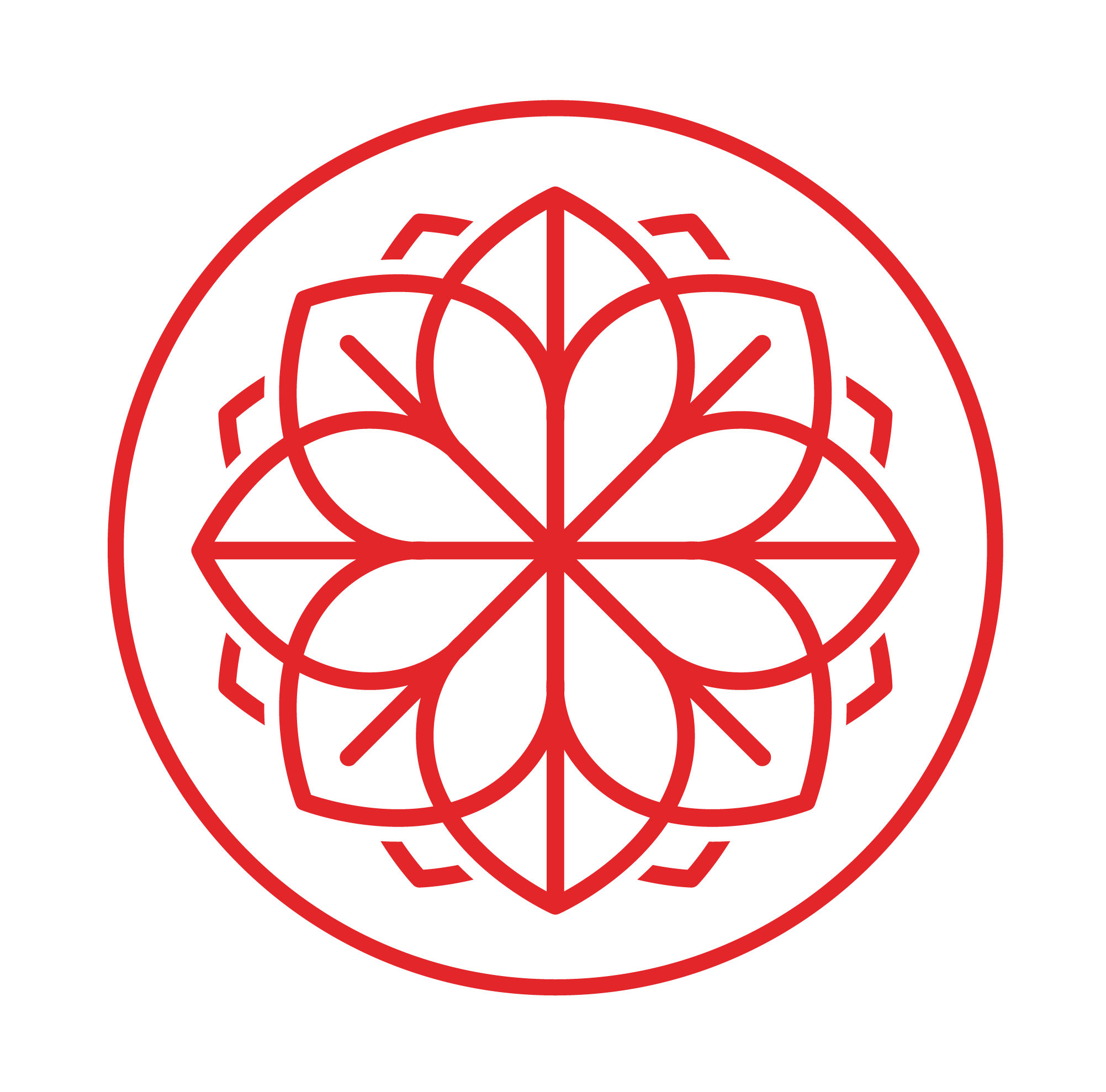Foot Baths are an Ancient Chinese practice of soaking your feet in hot water and herbs before bed each night. It is believed to have many health benefits, that of which change with the seasons. In Spring, foot baths tone the Yang (energy), and prevent the depletion of Qi (life force).
Traditional Chinese Medicine (TCM) teaches that if the human body were a tree, the head is the branches, the body is the trunk, and the feet are the roots, so in order to treat our illnesses, we must water our roots. Seeing as how one quarter of the body’s bones are in the feet, as well as 72,000 nerve endings and 6 meridians, it is important to consider and take care of our feet for overall well being.
Foot baths also increase circulation, which is highly beneficial in colder regions. Soaking your feet increases the heart rate the same way as exercising, which is helpful for those who are physically inhibited. Cardiovascular activity is essential for our body to process efficiently, so foot baths are highly effective for those with more sedentary lifestyles.
How to do at home:
There are several stages to the foot bath process, and the real healing begins after several baths. If one struggles with poor circulation, the first few baths might only warm the feet. After several baths, if circulation improves, one will feel the heat from the bath rising up the legs, through the body where one might feel an increase in heart rate, to the head. At this point, one may start sweating, and this signals the end of the bath session. To do this at home, follow the steps below.
1. Boil water to 104℉, or a comfortable temperature, with desired herbs
2. Pour liquid into foot bath- use any container that holds water and that your feet can fit in
3. Soak feet before bed for 20 minutes, or until you break a sweat
4. After soak, dry your feet and keep them warm
Common foot bath herbs:
Herbs, salts, and oils enter the bloodstream through the skin and affect our systems with their terpenes, alkaloids, and volatile oils. Their medicinal properties are only effective if there is significant blood circulation, which comes from the warmth of the bath opening the pores. Below is a list of herbs and salts to use for a soothing Spring bath soak:
Epsom Salt: alleviates constipation, relieves pain, reduces fatigue, improves sleep
Himalayan Salt: relieves pain
Ginger and Dandelion: good for flu relief
Mugwort: promotes blood circulation, relieves pain, soothes menstrual cramps, regulates qi
Chrysanthemum: anti-inflammatory and anti-bacterial, relieves stress, sadness, anger
Skullcap: relieves tension headaches
Conditions foot baths can treat:
Insomnia
Bunions and athlete’s foot
Colds
Eczema and other skin allergies
Joint pain
Heart disease
Menstruation
Alzheimer’s
Gastrointestinal disease
Kidney disease
Constipation
Sexual appetite
Long-term health benefits:
Reduce fatigue
Calm the mind and improve sleep quality
Lower blood pressure
Improve skin condition and beauty
Strengthen muscles and bones
Increase blood circulation
Do NOT do foot baths if:
You are pregnant
Have metastatic cancer
Have an active infection
Have a disease made worse with increasing circulation
Have had recent surgery/have an open wound
References:
“Benefits of a TCM Foot Bath”. Retrieved from https://www.susannekaufmann.com/blogs/journal/benefits-of-a-tcm-foot-bath.
“DIY Chinese herbal foot soak”. Retrieved from https://acupuncturefitzroy.com/2019/06/02/herbal-foot-soak/.
“History of the Foot Soak”. Retrieved from https://naturallylondon.com/blogs/from-feet-to-face/92107590-first-post.
“How Chinese Foot Baths Can Improve Your Health”. Retrieved from https://daoistgate.com/how-chinese-foot-baths-can-improve-your-health/.
“Treating Chronic Pain with Tibetan Foot Soaks”. Retrieved from https://valleyhealthclinic.com/tibetan-herbal-foot-soaks/.
“Why do Chinese people love foot bath?” Retrieved from https://wuhealing.com/blog/2020/9/16/why-do-chinese-people-love-foot-bath.

